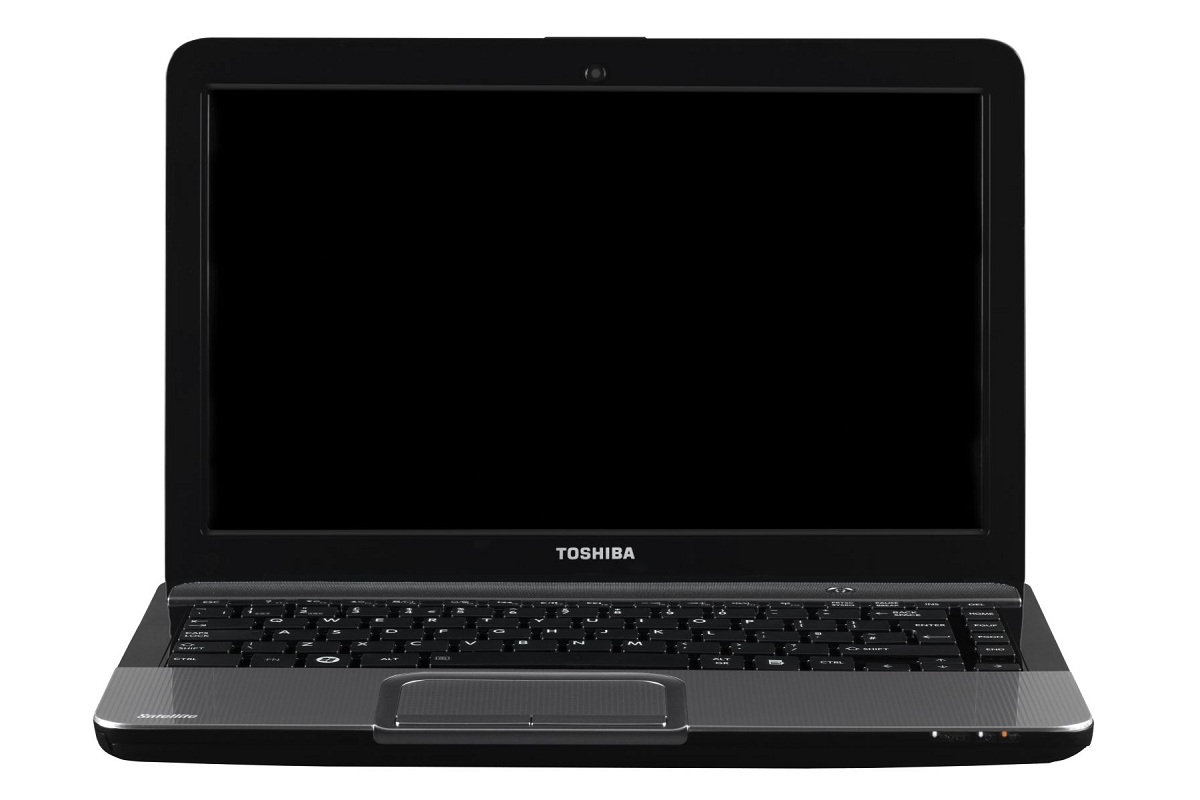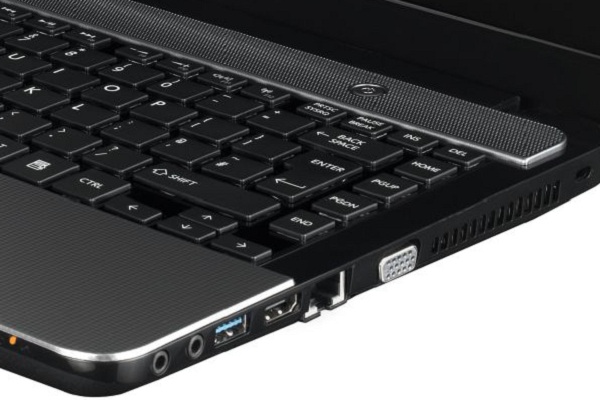Toshiba Satellite Pro L830-10G review
Toshiba sets out to prove business laptops don’t have to be expensive, with this £400 Satellite Pro. Mike Jennings takes a look at whether this 13.3in model is able to provide the performance to match the budget price.
The Satellite Pro L830-10G doesn’t have much going for it aside from its extremely low £344 exc VAT price: average build quality, screen and ergonomics combined with a low-end processor and software that makes Windows 7 feel more sluggish and unresponsive than it has any right to be. The low price, though, makes it a reasonable bargain for those after a small business laptop on a budget.

Business laptops tend to be bulky and expensive, so a notebook like Toshiba's latest Satellite Pro turns our heads. For starters, its priced at 344 exc VAT makes it one of the cheapest laptops we've seen, netbooks aside, and its 13.3in panel also makes it far more portable than the average corporate machine.
Built on a budget
The Satellite Pro costs a quarter of the low-end versions of machines like the Apple MacBook Pro and Dell Precision M6700 and, smaller size aside, it's easy to see where the budget has bitten.
The wrist-rest and base are both reasonably strong, with little give in them when pressure was applied, but there was bend in the screen. Even worse, the desktop became a little distorted when we pressed on the rear of the panel. Still, given a padded case we'd have few qualms about carrying the Toshiba day-to-day, and its 1.8kg weight means it won't prove too heavy.
The base of the keyboard is the weakest part of the machine, bouncing when typed on and making it a mediocre experience: the keys themselves don't have much travel or depth and the action is light without any of the confidence of more expensive machines. The layout is conventional, and we got used to the Toshiba's quirks given time with the keyboard.

Toshiba has used a 13.3in screen and budget components to keep the cost down
The trackpad doesn't get away without criticism, either. It's just about large enough, but it's not as smooth or responsive as those you'll find on larger models. We found the mouse buttons to be stiff, too, but it's the level of quality we'd expect from a budget machine.
Toshiba's latest doesn't look or feel particularly luxurious, either. It's clad entirely in plastic, with around half designed to look like textured metal and the rest left glossy black we've seen worse, but the Satellite Pro won't compete with machines even marginally more expensive. The selection of ports is better: the left-hand side of the machine serves up USB 3 and USB 2 ports and an SD card reader, and the right-hand side provides another USB 3 socket alongside HDMI and D-SUB outputs and a single Gigabit Ethernet socket.

There are a number of ports available including an RJ45 jack
The screen also screams budget. The 1,366 x 768 native resolution is what we'd expect from most smaller machines, but quality is poor. The brightness level of 227cd/m2 is a little too dark, and the black level of 1cd/m2 is much higher than we're used to seeing. This makes for a contrast ratio of 227:1, which means a lack of depth throughout the colour range.
The Toshiba's average Delta E of 11 doesn't bode well either. It means colours aren't replicated accurately, and the worst offender is blue, which lends the panel a slightly cold feel. The Toshiba's screen is only suitable for browsing and basic work, then, and it's not helped by poor viewing angles.
Get the ITPro daily newsletter
Sign up today and you will receive a free copy of our Future Focus 2025 report - the leading guidance on AI, cybersecurity and other IT challenges as per 700+ senior executives
Mike Jennings has worked as a technology journalist for more than a decade and has been fascinated by computers since childhood, when he spent far too long building terrible websites. He loves desktop PCs, components, laptops and anything to do with the latest hardware.
Mike worked as a staff writer at PC Pro magazine in London for seven years, and during that time wrote for a variety of other tech titles, including Custom PC, Micro Mart and Computer Shopper. Since 2013, he’s been a freelance tech writer, and writes regularly for titles like Wired, TechRadar, Stuff, TechSpot, IT Pro, TrustedReviews and TechAdvisor. He still loves tech and covers everything from the latest business hardware and software to high-end gaming gear, and you’ll find him on plenty of sites writing reviews, features and guides on a vast range of topics.
You can email Mike at mike@mike-jennings.net, or find him on Twitter at @mikejjennings
-
 Women show more team spirit when it comes to cybersecurity, yet they're still missing out on opportunities
Women show more team spirit when it comes to cybersecurity, yet they're still missing out on opportunitiesNews While they're more likely to believe that responsibility should be shared, women are less likely to get the necessary training
By Emma Woollacott Published
-
 OpenAI wants developers using its new GPT-4.1 models – but how do they compare to Claude and Gemini on coding tasks?
OpenAI wants developers using its new GPT-4.1 models – but how do they compare to Claude and Gemini on coding tasks?News OpenAI says its GPT-4.1 model family offers sizable improvements for coding, but tests show competitors still outperform it in key areas.
By Ross Kelly Published
-
 Meta just revived plans to train AI models with European user data – here’s how you can opt out
Meta just revived plans to train AI models with European user data – here’s how you can opt outNews Meta has confirmed plans to train AI models using European users’ public content and conversations with its Meta AI chatbot.
By Nicole Kobie Published